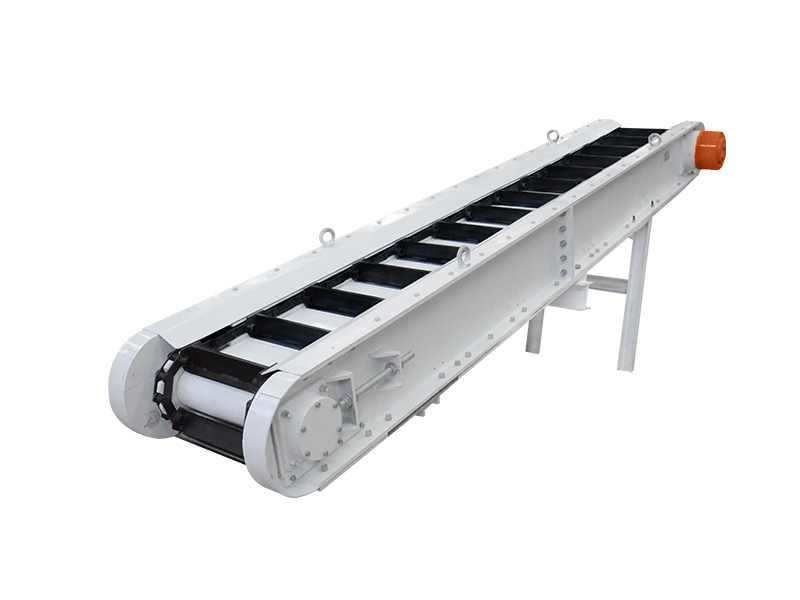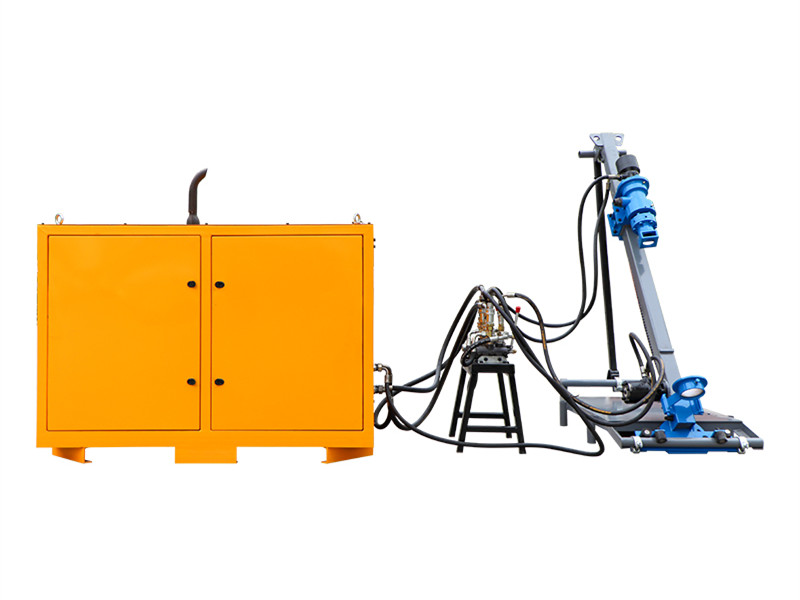Nowadays, in slope greening, more and more people begin to use spray-seeded fiber mulch for greening. It mixes seeds, fertilizers, and lime water into a slurry-like mixture through a special spray-seeking machine in the form of mechanical stirring. To the construction site, the construction efficiency of the plant planting project is improved.
"Wood fiber mulch hydroseeding" is the most important auxiliary material for spraying project. Its main functions are: to conserve water and increase organic matter; to cover and protect the planting layer to reduce seed loss; to increase the strength of soil structure and to reduce soil loss;
1. According to the material properties, the sprayed fiber mulch can be divided into native plant fibers, regenerated fibers and mixed fibers
That is, plant fiber, herbal plant fiber is short, although its production cost is low, it is difficult to package and store, and the relative transportation cost is relatively high, which is not convenient for industrial production.
The material of recycled fibers consists mainly of industrial or municipal wastes. After these wastes are treated without pollution, they become the medium for plant growth.
Some mixed materials are made of virgin materials, recycled materials, and organic fertilizers; some are a mixture of soil and organic fertilizers. Mixed materials are basically used as the base material for spraying projects.
2. The performance difference of different plant fibers
The fiber is long, the interweaving performance is good, the covering ability is strong, the organic matter content is high, and the water retention performance is good. It has a very obvious effect on changing the aggregate structure of the topsoil, increasing the organic matter and mineral components, conserving water, and wrapping plant seeds. It is suitable for areas with relatively poor climatic conditions, landform conditions and soil conditions. Especially in areas with low annual rainfall and uneven monthly distribution of rainfall, wood fiber is used more in North America. Herbaceous plant fibers are short, have poor interweaving performance, low organic matter content, and low water retention performance, so they are suitable for operating areas with better climatic conditions and better soil conditions. Although its production cost is low, it is difficult to package and store, and its relative transportation cost is relatively high, making it inconvenient for industrial production. In Europe, herbal fibers are mostly used in spray-seeded greening, which is also due to the mild climate and relatively small land area.
Industrial production of wood fiber, wood fiber mulch and wood pulp fiber, which is often used as a substitute for spray mulch, still have large physical properties. The length of spray-seeded wood fibers decreases proportionally, with long fibers accounting for 50% and short fibers accounting for 8%, which meets the technical requirements of spray-seeding for covering and seed preservation; while pulp fibers are mostly medium and short fibers, which meet the technical requirements of papermaking.
The wood fiber mulch is prepared according to the actual needs of the two basic functions of spraying technology covering and sowing, and its physical and chemical properties are very different from pulp fibers. Long fibers with a large proportion ensure good interlacing performance and water retention performance, and play the role of covering topsoil, trapping seeds, and conserving water; an appropriate amount of short fibers can well wrap plant seeds, reduce the possibility of seed loss, and improve seeds. germination rate.
Pulp fibers are prepared according to the technical requirements of papermaking. Short fibers with a large specific gravity are the basic guarantee for paper to be thin, soft, fine, dense and white. Pulp fiber used in spraying construction can show better water solubility and encapsulation of seeds. However, the ability to prevent wind and rain from eroding topsoil and seeds, and resisting drought is obviously inferior to special wood fiber mulch.
3. The role of wood fiber mulch for hydroseeder is in areas damaged by natural or unnatural forces. The topsoil is often parent soil or powdery soil, which has poor water and fertilizer retention capabilities. It needs to be increased by fiber mulch and additives to facilitate plant growth. Substances, improve the ability to conserve water and fertilizer.
The primary role is to cover the surface topsoil. The wood fiber mulch forms a layer of fiber blanket with a certain thickness and uniform density on the topsoil, which can prevent the erosion of the topsoil by wind and rain. The strength of the fiber blanket overlay depends on factors such as the length of the plant fibers, the thickness of the fiber blanket, and the amount of adhesive additives added. The larger the slenderness ratio of the fibers, the better the interweaving properties of the fibers and the better the strength of the fiber blanket. Increasing the thickness of the fiber blanket and adding adhesive additives can help increase the strength of the fiber blanket, but at the same time increase the construction cost.
The second is to improve the soil structure. The surface of wood fiber can absorb a large number of fine dust particles, which increases the particles of powdery soil and reduces the possibility of flying. The organic matter content of wood fiber is relatively high, which is conducive to the growth of microorganisms and can promote soil ripening.
The third effect is to increase soil fertility. The content of lignocellulosic organic matter reaches 95-99%, and it also contains nitrogen, phosphorus, potassium and other minerals required for plant growth, which is itself a medium for new plant growth.
The fourth function is to conserve water. The unique wood structure of wood fiber makes it have better water retention performance than other fibers, with large water absorption and water holding capacity, and slow and uniform water release. Under the same rainfall, the wetting period of wood fiber and grass fiber covering layer of the same quality is different, and the wetting period of wood fiber is about 25% higher.
4. Production technology of spray-seeded wood fiber the production technology of spray-seeded wood fiber includes three steps of fiber separation, air drying and compression packaging.
The key to excellent product performance. The separated fibers must have a certain specific surface area and interweaving properties, as well as a certain strength and water resistance. Within a certain range, the higher the degree of separation of fibers, the better the interweaving of fibers, and the increase in strength, water resistance and density. The fibers are separated by thermal grinding, and the separated fibers are uniform, complete, less damaged, large in slenderness ratio, and good in flexibility and interweaving. The quality of the fibers separated by thermal milling under different separation process conditions is very different, and the properties are also very different. Therefore, in the production process, attention should be paid to controlling various process parameters.
Fiber production is usually done using "lightning" pipe drying. In the drying pipeline, the moist and hot fibers are impacted by the high-speed dry and hot air flow, so that the fibers are dispersed and suspended. The entire surface of the fiber is exposed to the hot and dry air flow medium that is continuously updated at high speed, which greatly strengthens the drying process, so that the drying can be completed in an instant, and the entire drying process is only 3-5 seconds. The drying of the fiber requires that the fiber moisture content is moderate, uniform and stable, and should be controlled at about 15%. The dried fibers are then plastic-coated for easy transportation and storage.
In the late 1990s, hydroseeding technology entered my country. With the acceleration of the reform and opening up process, the infrastructure and urbanization have developed rapidly, and the number of exposed slopes has increased at a rate of 200 to 300 million square meters per year. People quickly realized that the lack of vegetation not only detracts from the scenery, but also directly affects the living environment. In the middle and late 1990s, spray seeding technology was rapidly promoted in my country.
As domestically produced wood fiber spray mulch hit the market, it gradually replaced Canadian imports. Wood fiber spray-seeded mulch has been widely used in the "Research on Comprehensive Technology of Vegetation Ecological Restoration on Bare Slopes" hosted by Beijing Forestry University, which won the first prize of Beijing Science and Technology Award in 2004; prize.
The process of localization of high-quality spray-seeding machinery and spray-seeding fiber covering has greatly lowered the technical and economic threshold for the promotion and application of spray-seeding technology in my country, and eased the contradiction between the high degree of mechanization of infrastructure construction and the backwardness of green planting technology, which is a great contribution to the country. Ecological environment governance provides specific technical equipment.
Your position:
Home > News > Product News
Introduction of wood fiber mulch
date: 2022-06-11
Inquiry
Please feel free to submit your inquiry information to us. We will contact with you as soon as possible.


.jpg)
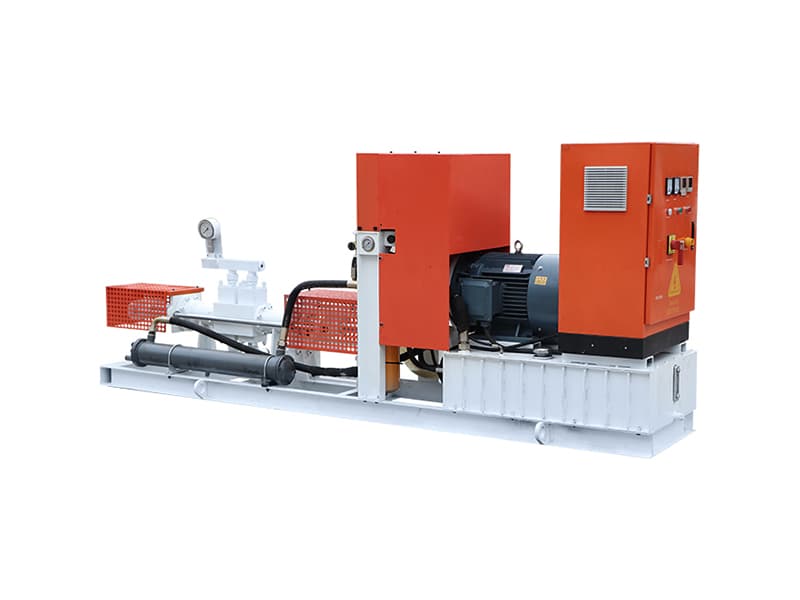
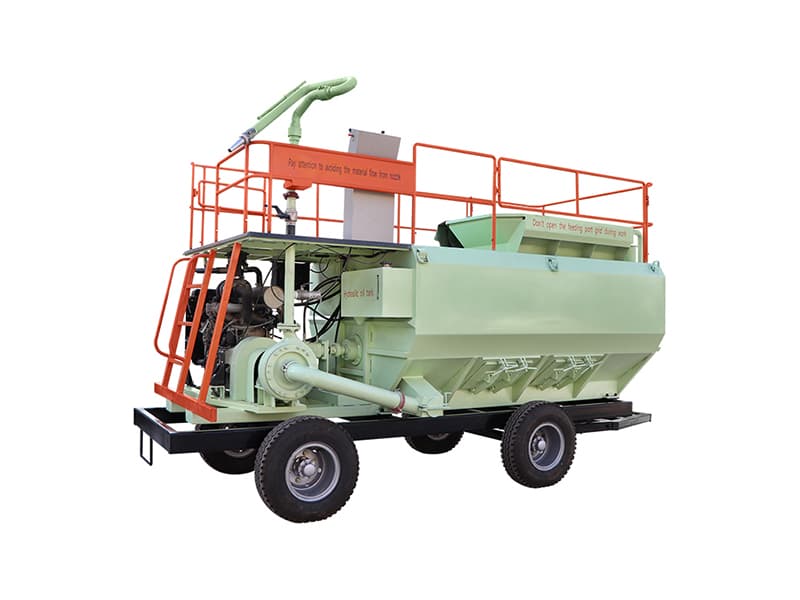
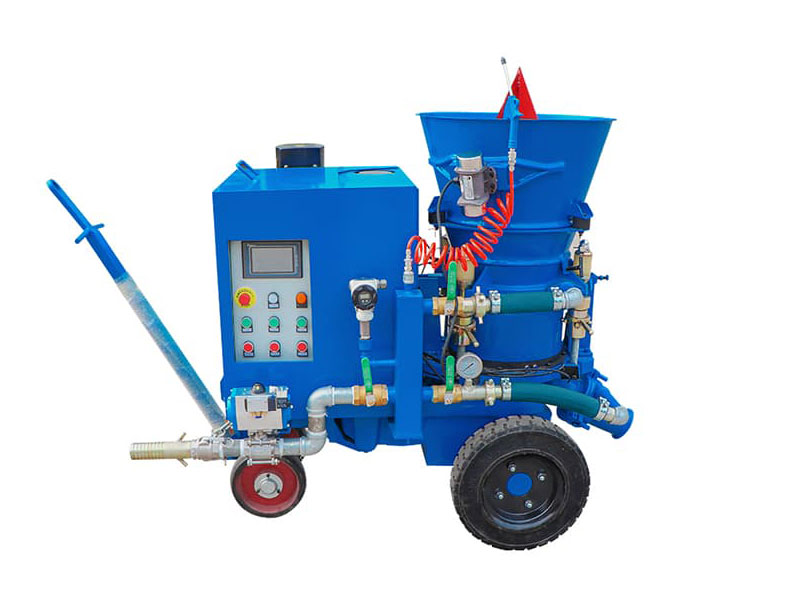

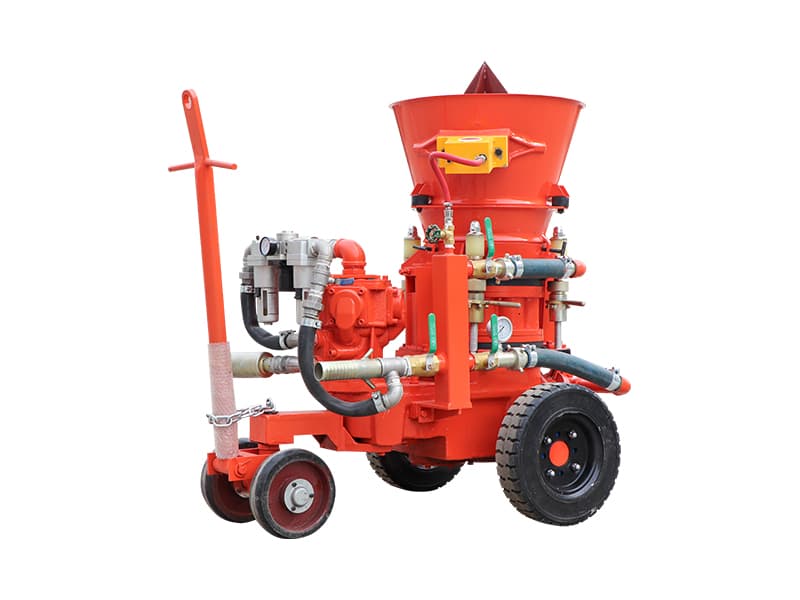
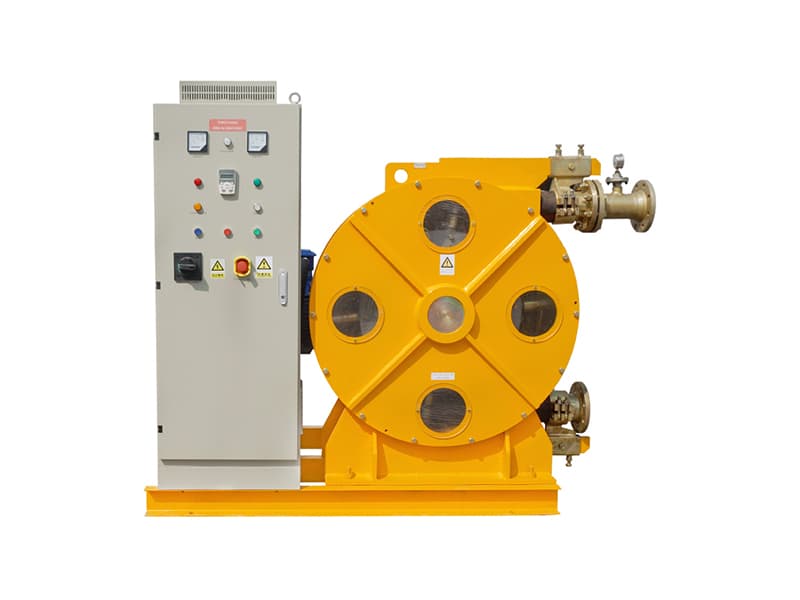
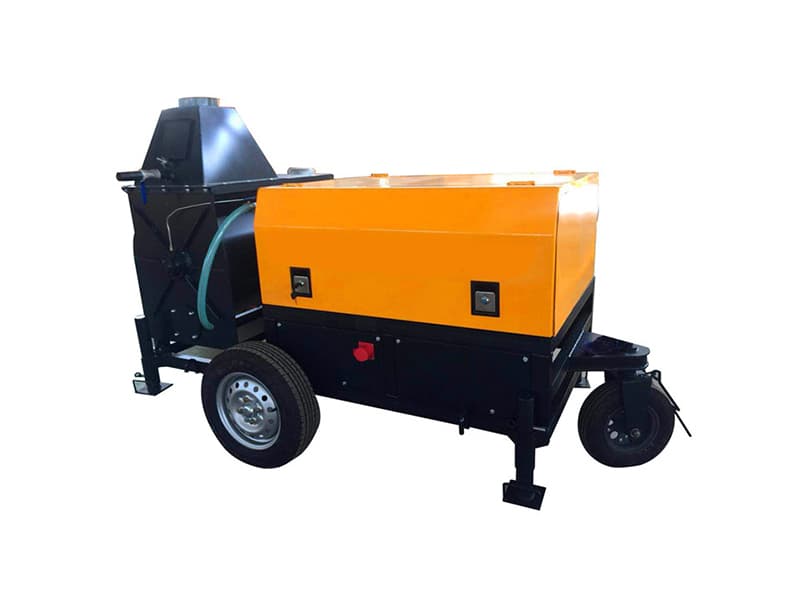
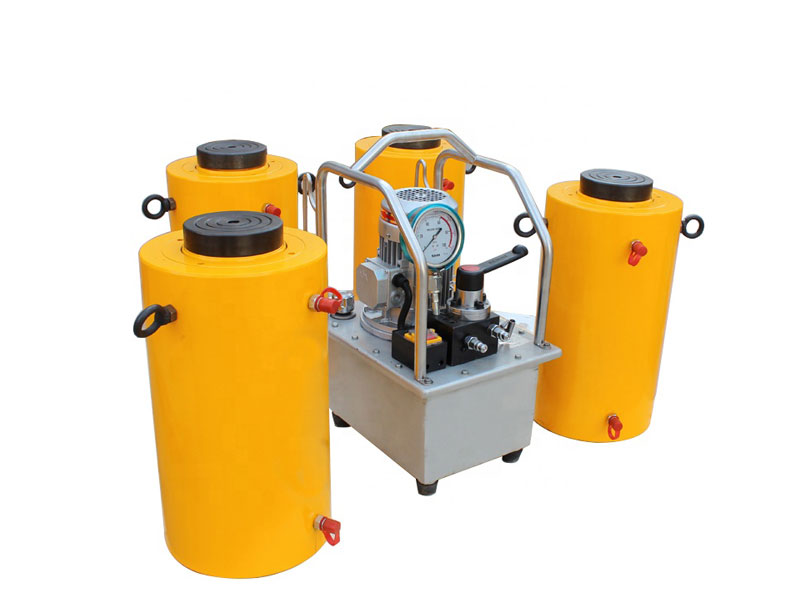
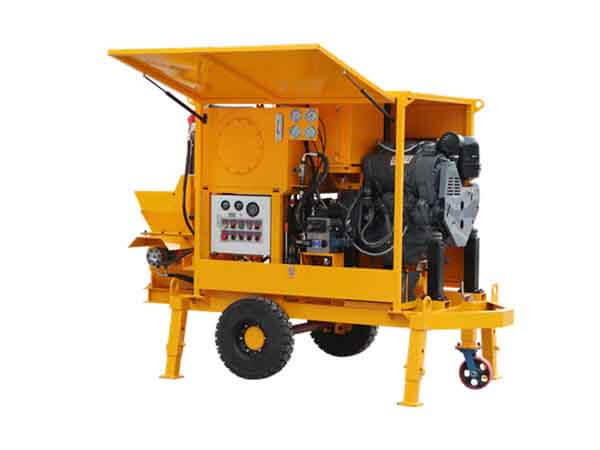
.jpg)

